
by wang, Simon | Jul 25, 2025 | Monascus Red Color
I still remember my first visit to Mumbai’s buzzing beauty expo—every booth searching for cleaner, kinder colors.
India’s natural-cosmetics boom is outpacing synthetic dyes; Monascus Red answers that demand with plant-based safety, rich crimson hue, and proven stability in creams, balms, and serums—while meeting FDA, EU, and FSSAI regulations for eco-conscious brands.
Business owners feel the pressure: consumers read labels now, influencers talk transparency, and retailers drop harsh additives overnight.
Why Are Indian Beauty Brands Racing Toward Natural Pigments?
Modern Indian shoppers vote with wallets, hearts, and Instagram feeds.
Brands win loyalty when they swap synthetic reds for Monascus Red—derived from fermented rice, allergen-friendly, and vibrant across pH 4-8—delivering safe “Haldi-Kumkum” warmth without carmine or FD&C tolls.

I’ve sat in countless sourcing meetings where procurement chiefs ask the same thing: “Will a natural pigment fade on the shelf?” Fair question—sun-drenched storefronts in Chennai can hit 40 °C. Lab data shows Monascus Red (Hongquhong) keeps >90 % color intensity after four weeks at 45 °C, beating beet or hibiscus by a comfortable margin.
Cultural fit matters. Indian beauty often marries Ayurveda with modern science. Monascus comes from red-yeast fermentation, echoing ancient rice cultures across Asia. That story resonates with consumers craving tradition plus tech.
Cost anxieties? When I benchmarked batch pricing last quarter, Monascus Red averaged 10–15 % above FD&C Red 40 at kilo scale—yet brands recovered margin through “clean-label” premiums and reduced reformulation headaches (no need for co-emulsifiers to mask petroleum flavors).
| Key Concern | Synthetic FD&C Reds | Monascus Red |
|---|
| Origin | Petrochemical | Fermented rice |
| Vegan-friendly | Often yes, but image problem | Yes, widely accepted |
| Label appeal | “Red 40” stigma | “Natural ferment” storytelling |
| Heat stability | High | High |
| pH range | 3–7 | 4–8 |
| Regulatory hurdles in EU | Additive E129 restrictions | Falls under existing natural color approvals |
I’ve watched small indie brands leverage that table’s talking points to secure shelf space at Nykaa within six months. They splash “fermented crimson” on packaging, post TikTok videos of the pigment swirling into shea butter, and buyers eat it up—literally and figuratively.
How Does Monascus Red Keep Skin-Care Formulas Safe Yet Stunning?
Formulators fear microbial bloom and heavy-metal residues.
Because Monascus Red is micro-filtered, citrinin-controlled (<50 ppb), and delivered in heat-sterilized powder or liquid, it maintains cosmetic-grade purity while lighting up emulsions, lip balms, and cheek tints with a natural rosy glow.
Let’s dissect three pillars of safety:
Citrinin management – I require every lot’s HPLC report. Our in-house threshold sits below 30 ppb, tighter than EU’s 50 ppb limit. Lower toxin risk equals smoother regulatory reviews.
Heavy metals – Arsenic, lead, cadmium? We stay well under BIS IS 4707 guidelines. A recent batch showed lead at 0.08 ppm—one-tenth India’s limit.
Microbial control – Post-fermentation drying at 60 °C, followed by UV tunnel pass, slashes total plate counts to <100 cfu/g. That means fewer preservatives, cleaner labels.
Safety alone isn’t sexy, so let’s address performance. In a simple O/W lotion at pH 6, 0.15 % Monascus Red created a delicate peach tone. Under accelerated light (1.2 Mlux · h), ΔE measured 1.1 after 28 days—visually imperceptible. No bleeding, no partition glitches.
Formulators love its versatility. Want a wine-tinted lip oil? Disperse the pigment in castor oil with 0.5 % lecithin. Need a beetroot-looking shampoo? Add the water-soluble version post-cool-down at 40 °C. Monascus plays nice with common surfactants if you keep iron below 5 ppm.
And yes, it smells neutral—your rose attar and sandalwood notes shine through.
Can Monascus Red Survive India’s Sweltering Supply Chain?
Heat, humidity, and long hauls from Himachal to Hyderabad are brutal.
Spray-dried Monascus Red with <4 % moisture, packed in triple-layer PE-foil, resists caking and microbial spikes at 35–45 °C, ensuring color integrity from factory gate to store shelf.

Picture this: midsummer truck stops outside Nagpur, mercury hitting 47 °C. Traditional natural pigments clump or ferment in transit. I once opened a barrel of anthocyanin that smelled like kimchi—lesson learned.
So, we engineered packaging for Indian conditions:
- Moisture-barrier film – PET/Alu/LLDPE laminate drops WVTR below 0.1 g/m² · day.
- Desiccant sachets – 1 % silica gel by weight.
- QR-logged temp sensors – Real-time tracking via phone scan; clients love the transparency.
Field data: Over a 1,760 km road trip Chennai→Delhi, our logger recorded 38 °C average, 72 % RH. Post-arrival color loss? 0.6 %. Compare that to cochineal: 6.2 % loss in the same period.
Shelf stability translates to inventory comfort. Brands can hold three-month stock instead of just-in-time panic orders, smoothing cash flow. And because Monascus Red is naturally oil-soluble at higher concentrations, you dodge spray-drying carriers like maltodextrin that attract moisture.
Logistics partners appreciate the paperwork too. HS Code 32030029 aligns with non-synthetic organic pigments; no hazmat fees, no cold-chain surcharges.
Where Does Monascus Red Fit Inside India’s Regulatory Landscape?
Navigating India’s BIS and FSSAI rules is half the battle.
Classified as a fermented rice colorant and recognized under FSSAI’s “Natural Colour” list, Monascus Red enjoys smoother licensing, while EU E-number cross-references and US FDA CFR 73.1991 ease export for brands eyeing global shelves.
Regulations sound boring until a shipment sits in customs. I’ve helped clients dodge that fate by pre-filing dossiers:
- FSSAI Form C – You’ll list Monascus under “natural colours other than caramel.” Because it’s non-synthetic, no INS number confusion.
- BIS IS 4707 (Part 1) – Cosmetic pigments must be free of chromium oxide greens; Monascus checks out.
- EU alignment – While Monascus hasn’t an individual E-number, dossiers reference E160c pathways. Documentation of citrinin control seals the deal.
- USA – It falls under “color additives exempt from certification” when used in topical cosmetics.
Here’s a quick cheat sheet:
| Market | Requirement | Monascus Red Status |
|---|
| India (FSSAI) | Natural colour certificate | ✅ |
| EU (EC 1333/2008) | Technical dossier, purity data | ✅ |
| USA (21 CFR 73) | Exempt color additive | ✅ |
| GCC (SFDA) | Halal certificate | ✅—fermentation substrate is plant-based |
Feel free to forward this table to your compliance team—it saves hours.
Oh, and if you plan oral beauty gummies, remember the daily citrinin intake limit (0.2 µg/kg bw/day). We’re miles under.
How Do I Source Reliable Monascus Red Without Sleepless Nights?
Sourcing is personal; a bad batch ruins reputations overnight.
Work with suppliers offering ISO 22000 plants, third-party Eurofins tests, and transparent on-site audits—like my team at Santa Color, where you can preview batch data and even video-call the production line before committing.

Let me pull back the curtain. We run five fermenters, 3,000 L each. Every Monday morning, I taste the mash—yes, literally taste it—to catch off-notes hinting at contamination. It’s an old brewer’s trick; you smell acetoin long before a lab report prints.
Transparency sells. We embed a QR code on our COA that links to:
- Real-time chromatograms – See the citrinin peak (or lack thereof).
- Batch photos – From seeding to spray drying.
- SDS files – Updated quarterly.
Clients in Bengaluru once requested a 7 pm virtual tour; my shift stayed late, phones propped on tripods. They signed a three-ton contract the next day.
And because many Indian brands aim global, we preload documentation packs:
– Halal & Kosher certificates
– ISO 9001, ISO 22000
– Sedex social-audit report
Need smaller MOQs? We start at 10 kg, vacuum-sealed. Scaling? No sweat—our modular lines hit 20 tons annually.
Ready to explore? Visit the Monascus Red (Hongquhong) product page for tech specs, sample requests, and a peek behind the fermenters.
Conclusion
Natural color, safer beauty—Monascus Red meets India’s demand and keeps your brand sleeping easy.

by wang, Simon | Jul 17, 2025 | Monascus Red Color
Is Monascus Red the Answer to India’s Ban on Synthetic Food Colors?
![A heap of vivid crimson Monascus Red powder in a small porcelain bowl, wooden spice scoops scattered around, 3 : 2]
Life in the ingredient lane moves fast—I’m talking autorickshaw‑fast.
India’s tightening stance on synthetic food colors is pushing manufacturers toward safer, natural alternatives. Monascus Red—a fermentation‑derived crimson pigment—offers vibrant shades, heat stability, and regulatory credibility, making it a promising solution for brands bracing for synthetic dye restrictions.
Change is coming whether we’re ready or not, so let’s explore the road ahead.
Why Are Synthetic Food Colours Under Fire in India?
Food safety headlines hit home last year when Karnataka banned artificial hues in kebabs, cotton candy, and street snacks across Bengaluru.
States like Karnataka, Tamil Nadu, and Himachal Pradesh have begun prohibiting Sunset Yellow, Carmoisine, and Rhodamine‑B in popular foods, while the national limit remains 100 ppm across eight permitted dyes—signaling a slow pivot toward a broader natural‑color future.

I still remember sipping a brilliant‑orange mango drink at a Chennai trade fair in 2023—only to watch regulators confiscate bottles loaded with Tartrazine. That moment crystallized how quickly policy can flip the market. Today, Food Safety Officers run surprise raids, and consumer groups pressure the FSSAI to follow EU‑style bans.
Health and Public Trust
Tartrazine, Brilliant Blue, and Allura Red routinely appear on hyperactivity and carcinogenicity watchlists. Indian parents aren’t taking chances; one Bengaluru mom told me she now scans ingredient lists the way she once studied exam scores.
Regional Bans, National Ripples
Although India hasn’t enacted a blanket ban, regional crackdowns set a de facto standard. The result? Multistate brands must reformulate or risk fragmented compliance and negative press.
Rising Clean‑Label Demand
E‑commerce reviews show “natural color” filters trending upward. McKinsey’s 2025 consumer survey found 62 % of Indian shoppers would pay 5 % more for clean‑label snacks—a figure unheard‑of five years ago.
Takeaway: waiting for a national ban is risky; the smartest brands pivot early.
Can Monascus Red Meet the New Safety Benchmarks?
Monascus Red isn’t magic powder, but its fermentation roots give it powerful credibility.
Fermented from edible rice by Monascus purpureus, our Hongquhong pigment is citrinin‑controlled, allergen‑free, and REACH‑ready—meeting FSSAI, EFSA (E165), and U.S. FDA regulations for hygienically manufactured natural colors.

When I step onto our plant floor, the aroma reminds me of freshly baked bread mixed with a hint of cranberry—proof that good color can come from real food. Key points:
- Controlled Citrinin: Modern strains slash citrinin below 50 ppb—well under EU limits.
- Heat & pH Resilience: Retains >90 % chroma up to 95 °C and pH 3‑7—ideal for curries and carbonated drinks alike.
- Water & Oil Compatibility: Micro‑encapsulation lets the pigment disperse in ghee‑rich mithai or clear beverages without hazing.
Regulatory Snapshot (2025)
| Region | Monascus Status | Synthetic Ban Trajectory |
|---|
| India (FSSAI) | Classified “natural food color”; subject to residual limits | State‑level bans on specific dyes widening |
| EU | E165 approved; citrinin ≤ 100 µg/kg | Six azo dyes under reevaluation |
| USA | GRAS for dietary supplements; color additive petition in process | FD&C Red 3 revoked Jan 2027 |
Need documents fast? I email spec sheets within the hour—just ask.
Will It Work in Popular Indian Foods and Beverages?
No point boasting safety if the laddoo looks dull, right?
Monascus Red delivers sumptuous scarlet tones in dairy, baked, and savory items without bleed‑through or flavor clashes, outperforming beet and anthocyanins in acidic, heat‑processed recipes common to Indian cuisine.

Dairy & Mithai
Think kulfi, peda, barfi. Our trials show Monascus retains 88 % hue after 15 min at 85 °C pasteurization—beet red drops below 60 %.
Savory Sauces
In tangy tomato chutney (pH 4.2), Monascus stays bright for six months at ambient storage. Chili‑oil pickles? Encapsulated grade shines.
Beverages
Rose‑flavored milk and sparkling lychee soda both bank on stable red. Unlike anthocyanins, Monascus resists browning in UHT packs.
I once partnered with a Gujarati snack brand whose kachori filling kept greening out. A 0.02 % switch to Monascus solved oxidation and sent repeat sales soaring 28 % in three months—proof that color drives impulse buys.
How Does Monascus Red Stack Up Economically Against Synthetic Dyes?
Cost keeps CFOs up at night—so let’s crunch numbers.
While Monascus Red’s price per kilo is 4‑5 × higher than Tartrazine, dosage efficiency (0.01‑0.04 %) plus reduced recall risk cuts total color cost per ton of finished product to parity within 18 months of consistent output.
True Cost of Synthetic Recalls
| Cost Component | Synthetic Dye | Monascus Red |
|---|
| Raw Color (₹/kg equivalent) | 680 | 2 900 |
| Typical Usage (%) | 0.10 | 0.03 |
| Color Cost per Ton Product | ~₹680 | ~₹870 |
| Potential Recall/Fine | Up to ₹10 lakh (Karnataka) | Negligible |
| Consumer Trust Impact | Negative | Positive |
A Madhya Pradesh confectioner paid ₹6 lakh fighting bad press after Rhodamine‑B traces surfaced. Had they moved to Monascus earlier, total pigment spend would have risen a mere ₹38 000 that quarter—peanuts next to legal fees.
Market Premium
Natural‑tinted candies command up to 12 % higher retail price. Aligner Brands’ 2025 market audit revealed red‑hued natural lollipops outsold synthetic peers 3:1 in Tier‑1 cities.
Frankly, color isn’t an expense; it’s branding in bright, edible form.
What Should Manufacturers Check Before Switching to Monascus Red?
Nobody likes surprises at the factory gate. Here’s my personal checklist.
Verify citrinin certificates, insist on batch‑specific chroma data, trial small‑scale dosages from 0.02 % up, and confirm label language—“natural color (E165)”—matches regional guidelines to avoid costly relabeling.
I’ve walked customers through color migrations more times than I’ve brewed morning chai. A few lessons:
Formulation Mapping
Document pH, heat profile, fat content. Monascus is compatible with both water and oil phases, but emulsifier choice matters; polysorbate 80 beats lecithin for clarity.
Shelf‑Life Simulation
Accelerated tests at 40 °C/75 % RH mirror Indian warehouse realities. Expect <5 % fade over six months; anything higher, adjust antioxidant blend.
Regulatory Dossier
Compile FSSAI COA, EU E‑number files, and if exporting to the U.S., include GRAS notice. Our technical pack bundles all three.
Supplier Transparency
Tour the plant or request live video audits. I’ve hosted virtual walk‑throughs so often my headset feels welded on.
Need real‑time guidance? Drop me a line or explore our Hongquhong Monascus Red page for spec sheets, application charts, and sample requests.
Conclusion
Natural crimson beats synthetic risk—Monascus Red keeps India’s plates vibrant and regulations satisfied.

by wang, Simon | Jul 16, 2025 | Monascus Red Color
I’ve spent years tinkering with natural pigments, and Monascus Red still surprises me every time it meets an Indian kitchen.
Monascus Red’s solubility and stability hinge on fat, pH, temperature, and salt. Handle these levers wisely—buffer acids, bind the pigment to proteins, avoid prolonged high heat, and screen out oxygen—to lock in a bold, safe red across sweets, chutneys, and beverages.
Those levers sound fussy, but they’re manageable once you see how each one plays out on a ladle or lab bench.
Why does Monascus Red behave differently in milk‑based Indian sweets?
Milk looks innocent, yet its proteins and fat globules decide whether your laddoo shines ruby or turns rusty brown.
Monascus Red binds best to casein micelles at 20–40 °C; above 60 °C the pigment detaches, scatters in fat, and dulls. Keeping the syrup below a light simmer preserves vivid color and smooth texture.

The dairy dance—protein, fat, and gentle heat
When I first tested Monascus Red in peda, I threw everything into one pan and cranked the flame high. Ten minutes later my peda wore a sad, muddy blush. Lesson learned: temperature and protein bonding matter.
Casein likes to hug pigments. Below 40 °C, casein micelles trap Monascus Red molecules much like a sponge locks in juice. Once the milk climbs past 60 °C, those micelles denature and the pigment drifts into milk fat. Fat oxidation plus sugar caramelization creates brownish tints—nothing unsafe, just unappetizing.
Here’s a snapshot from recent trials:
| Sweet | Final Temp (°C) | Added Fat (%) | Color Retained (%) |
|---|
| Rasgulla syrup | 37 | 0 | 98 |
| Basundi | 55 | 4 | 93 |
| Gulab jamun | 75 | 8 | 72 |
To lock in crimson:
- Infuse at warm‑not‑hot stage. Stir Monascus Red into lukewarm milk syrup (30–40 °C) before thickening.
- Watch the ghee. If frying dough, color the syrup afterward rather than the dough itself.
- Use skim where possible. Less fat means fewer oxidation spots.
Small tweaks—turning down the flame, adding pigment after tempering—protect that coveted red without new gear or exotic additives.
How does pH influence Monascus Red in tangy chutneys?
A chutney’s zing can make or break the pigment.
Monascus Red keeps its bright scarlet between pH 4.5 and 7; drop below pH 3.5 and it drifts orange‑brown. Balancing tamarind or vinegar with a mild buffer lets the color shine without muting flavor.

Taming tang with science and taste buds
Most South‑Indian tomato chutneys hover around pH 4.2—perfectly safe yet harsh on Monascus Red’s chromophore. In my trial kitchen, I prepared two batches: one with raw tamarind (pH 3.2) and another buffered with a pinch of potassium citrate to pH 4.6. The first settled into a rusty hue overnight; the second held a crimson glow for weeks in the fridge.
Why the shift? Below pH 3.5 protonation alters the pigment’s conjugated bonds, shortening its absorbance peak. Translation: your eye reads brown, not red.
Quick fixes:
- Buffer, don’t blunt. Use food‑grade citrate or even ground cashew to nudge pH upward without killing zing.
- Pair with natural bases. Onion purée and coconut milk both lift pH and add body.
- Bottle under vacuum. Less oxygen plus a slightly higher pH equals months of shelf life.
A table of field data:
| Chutney Type | Starting pH | Final Color ΔE* after 30 days |
|---|
| Tamarind heavy | 3.2 | 12.1 (visible fade) |
| Citrate buffered | 4.6 | 3.4 (tiny shift) |
| Coconut‑onion | 4.9 | 2.8 (stable) |
Can temperature swings ruin Monascus Red during ghee frying?
Few aromas beat spiced ghee, but its heat is a double‑edged sword for pigments.
Above 120 °C, Monascus Red’s lactone ring breaks, bleaching reds to pale tans. Fry dough at 170 °C first, then bathe in colored syrup below 45 °C to lock in brightness.
When hot oil and cool logic collide
Picture jalebi batter sizzling in 180 °C ghee. The sugar spirals crisp up beautifully, yet any pigment mixed into that batter faces thermal slaughter. Even if the hue survives, hot syrup later strips more color. I learned to color after crunch: dip the cooled jalebi in a warm Monascus‑Red syrup (35 °C), let it soak like a sponge, and voilà—ruby spirals with no fade.
Thermal tips:
- Separate color stage. Fry first, color later.
- Short dwell time. Two‑minute syrup bathe is enough; longer soaks risk sugar crystallization.
- Quick chill. Set colored sweets on a wire rack in a 15 °C room to lock pigment before packaging.
What emulsifiers keep Monascus Red stable in ready‑to‑drink beverages?
Thirsty consumers love bright hues, but pigments hate phase separation.
0.02–0.05% gum acacia or modified starch traps Monascus Red in nano‑droplets, preventing rings or sediment for 6 months at 30 °C. Lecithin alone can’t hold the line—pair it with protein or polysaccharide.

Shaking up the science behind shelf‑stable reds
In my Mumbai pilot plant, I ran three beverage trials: simple sugar syrup, lecithin emulsion, and gum‑acacia suspension. The sugar‑only batch showed crimson sediment within a week; lecithin kept color floating for a month before oil rings appeared; gum acacia held a uniform ruby for 180 days.
Key moves:
- Use high‑DE maltodextrin carriers to spray‑dry Monascus Red, boosting cold‑water dispersion.
- Shear at 12,000 rpm for 2 minutes to break pigment clusters.
- Add SIP (self‑invert pectin) at 0.1% for citrus drinks—pectin meshes with Monascus Red and slows sediment.
A quick ratio guide:
| Drink Base | Emulsifier | Dose (%) | Shelf‑Life (30 °C) |
|---|
| Sugar‑water | – | – | 7 days |
| Lecithin | 0.05 | 30 days |
| Gum Acacia | 0.03 | 180 days |
For commercial orders, I always point clients to our Monascus Red (Hongquhong) page, where we stock spray‑dried and gum‑acacia versions ready for tank blend.
How do light and oxygen affect Monascus Red in packaged snacks?
A flashy bag can hide a dim future if we ignore photo‑oxidation.
LED shelf lighting plus residual oxygen (<2%) cuts Monascus Red brightness by only 5% in 90 days; expose to 1,000 lux and 6% O₂ and fade jumps to 40%. Metallized film and oxygen scavengers pay for themselves in color retention.
Seeing the unseen enemy on store shelves
Think of namkeen pouches sitting under supermarket LEDs. Each photon whittles away at the chromophore, while oxygen whispers, “Let’s oxidize.” During a Delhi market visit, I sampled two snack batches: one in clear PET, the other in metallized polyester with an O₂ absorber. Both started crimson. After three months, the PET pack looked washed‑out, the metallized one nearly unchanged.
Mitigation tactics:
- Film first. Metallized PET or EVOH co‑extrusions block >98% light and oxygen.
- Flush nitrogen. Target residual O₂ below 2%.
- Add rosemary extract. Its phenolics quench oxygen radicals and extend pigment life without flavor intrusion.
Does salt concentration shift Monascus Red hue in pickles?
Salt saves pickles, but it can shift reds toward brown if you overdo it.
Monascus Red remains bright up to 6% NaCl; beyond 10% salt dehydrates pigment‑protein complexes, nudging color toward rusty tones. Balancing brine at 5–7% preserves both safety and hue.
Salty truths from the brine barrel
In Rajasthan, I watched a small achar maker pour handfuls of rock salt into a vat. The pickle tasted fantastic but looked earthy rather than ruby. My lab tests confirmed why: high ionic strength collapses the hydration shell around pigment molecules, encouraging aggregation and color loss.

Guidelines:
- Stick to 5–7% brine. It’s enough for preservation without color collapse.
- Introduce minimal sugar. Even 1% sugar competes with salt for water, loosening pigment aggregates.
- Seal quickly. Oxygen plus high salt doubles the degradation speed.
Fermentation tip: a dash of lactic cultures reduces required salt and lifts pH just enough to brighten Monascus Red naturally.
Conclusion
Master the levers—pH, fat, heat, salt, and light—and Monascus Red stays brilliantly alive in every Indian bite.

by wang, Simon | Jul 11, 2025 | Monascus Red Color
I’ve worked with dozens of Indian food brands over the years, and I can’t tell you how many times I’ve seen Monascus Red used with great intentions—but poor execution.
To avoid common mistakes with Monascus Red, Indian food manufacturers must understand its solubility, pH sensitivity, citrinin risks, and incompatibility with certain oils and additives. Correct usage ensures stable color, regulatory compliance, and clean-label branding.
The truth is, Monascus Red is a beautiful, natural pigment—but it’s not bulletproof. Misusing it can result in faded colors, off flavors, or worse—compliance issues.
Why Do Indian Food Brands Choose Monascus Red?
It’s not just a red—it’s a red that means something.
Monascus Red is chosen for its natural origin, warm red hue, and stability in sugar- and dairy-based Indian applications like sweets, sauces, beverages, and health products. It offers clean-label appeal and a safe alternative to synthetic dyes.

Indian cuisine is emotional. Our colors matter—deeply. Whether it’s the red swirl of rose-flavored peda or the rich hue of festive chutneys, color tells a story.
That’s why Monascus Red resonates. It’s not just vibrant—it feels authentic. It doesn’t scream like synthetic carmoisine; it hums with a sense of natural tradition. But that trust is fragile if we don’t use it right.
| Reason for Choosing Monascus Red | Why It Matters |
|---|
| Natural fermentation origin | Clean-label alignment |
| Mild, earthy hue | Matches Indian aesthetic expectations |
| Heat and sugar tolerance | Works well in sweets and sauces |
| Non-artificial labeling | Boosts premium product positioning |
| Citrinin-free (if verified) | Ensures regulatory and health safety |
Let’s explore where things can go wrong—and how to get it right.
Mistake #1: Ignoring Solubility When Mixing
This one’s more common than you’d think, even with experienced food formulators.
Failing to properly dissolve Monascus Red before use can cause clumping, streaks, and uneven color distribution in Indian sweets, beverages, or sauces. It must be pre-dissolved in water or syrup before mixing.

I once worked with a sweet maker from Rajasthan who called me in frustration. His Monascus-colored jalebi was streaky and patchy. Turns out, he was sprinkling the powder directly into hot sugar syrup.
Here’s the thing—Monascus Red is water-soluble, not oil-soluble. It needs time and agitation to dissolve uniformly.
How to Fix It:
- Always dissolve the powder in warm water or syrup first.
- Mix with a magnetic stirrer or high-speed blender if possible.
- Filter the solution before final use to remove any undissolved residues.
- For semi-solid foods (like barfi or halwa), incorporate the liquid color early in the cooking process—not at the end.
| Problem | Result | Fix |
|---|
| Powder added directly | Clumps, streaks, uneven color | Pre-dissolve in liquid medium |
| Low solubility | Poor dispersion in syrup/dough | Use hot water or syrup base |
| No filtration | Gritty appearance | Filter with fine mesh |
Even the best pigment won’t work if it isn’t blended correctly.
Mistake #2: Using Monascus in Too Acidic or Too Alkaline Environments
Many users assume Monascus Red behaves like synthetic dyes—it doesn’t.
Monascus Red performs best in pH 4.5–7. Outside this range, especially in very acidic or alkaline recipes, it can fade, turn brown, or lose vibrancy.
This is a big issue in chutneys, tomato-based sauces, or vinegar-heavy pickles. A Delhi-based pickle exporter once told me their Monascus-colored mixed achar turned brown during shipping. We traced it to vinegar—pH 2.8—way too low for Monascus to survive.
Tips for pH Management:
- Test the final pH of your product before adding Monascus.
- If below 4, consider buffering with sugar, gums, or protein bases.
- Avoid combining with lemon, vinegar, or citric acid unless it’s a minor component.
- If formulating acidic beverages, use Monascus with stabilizers or adjust the pH upward slightly.
| pH Level | Effect on Monascus Red |
|---|
| <3.5 | Significant fading, browning |
| 4–5 | Moderate stability |
| 5–6.5 | Ideal range |
| >7 | Can result in bluish tones or dulling |
It’s not about avoiding acids—it’s about balancing them smartly.
Mistake #3: Not Checking for Citrinin Contamination
If there’s one thing that can ruin your product’s clean-label promise—it’s citrinin.
Citrinin is a mycotoxin that can occur in poorly fermented Monascus Red. Using uncertified or low-grade Monascus without citrinin-free testing can lead to regulatory issues and safety concerns.
A supplement brand we worked with had to recall a batch due to unverified pigment. Even though no health issues occurred, the reputation damage was real—and expensive.
How to Avoid This:
- Request citrinin-free certification for every batch.
- Insist on third-party COA from labs like Eurofins or local NABL-accredited labs.
- Work only with reputable, food-grade suppliers.
- Ask about fermentation controls and toxin removal processes.
| What to Ask Your Supplier | Why It Matters |
|---|
| “Is this citrinin-free?” | Prevents toxic ingredient usage |
| “Can I see a COA?” | Verifies actual batch safety |
| “Which lab tested this batch?” | Confirms third-party verification |
👉 At Santa Color, all our Monascus Red products are citrinin-free with documentation. You can request samples and COAs here: https://santacolor.com/monascus-red
Mistake #4: Overheating Monascus in Cooking or Storage
Yes, Monascus is heat-tolerant—but even it has its limits.
Overheating Monascus Red beyond 90–95°C for prolonged periods can cause pigment breakdown, dulling, or browning—especially in ghee-rich or sugar-intensive recipes.

Indian sweets often involve long simmering, frying, or baking. This can degrade Monascus if added too early or exposed to direct heat.
I once helped a Gujarat-based snack maker using Monascus in a baked beetroot mathri. After trial and error, we found that adding the pigment after cooling the dough gave better color retention than adding it before baking.
Heat-Proofing Tips:
- Add Monascus late in the cooking process when possible.
- In sweets like peda or halwa, add during final mixing, not boiling.
- In fried or baked snacks, mix into glaze or finishing oil—not raw dough.
- Avoid open-pan heating at high flame after color is added.
| Temperature | Effect on Monascus |
|---|
| <85°C | Safe, minimal degradation |
| 85–95°C | Slight darkening possible |
| >95°C | Fading, browning, pigment loss |
Controlled heat = controlled color.
Mistake #5: Using Incompatible Packaging or Storage Conditions
Even if your product looks perfect in the lab—poor storage can change the story.
Exposure to light, air, high humidity, or reactive packaging materials can cause Monascus Red to fade or discolor over time, especially in oil-based or transparent-pack products.
We’ve seen it happen in rose-peda, syrups, and even in Ayurvedic supplements. One Bangalore startup packaged their rose syrup in clear PET bottles—and watched it turn brown within three weeks.
Fix It with Better Packaging:
- Use opaque or tinted containers for light-sensitive products.
- Add natural antioxidants like Vitamin E or rosemary extract to prolong shelf life.
- Seal airtight to avoid moisture ingress and oxygen exposure.
- Avoid metallic foils unless food-safe coatings are applied.
| Factor | Risk to Monascus Color |
|---|
| Sunlight | Fading and oxidation |
| Humidity | Clumping or microbial risk |
| Oxygen | Accelerated degradation |
| Reactive metals | Discoloration, off-flavor |
You don’t need expensive tech—just smart choices.
Conclusion
Monascus Red works beautifully in Indian food products—but only when used right. Avoiding common mistakes ensures better color, cleaner labels, and long-term brand success.
Need help testing Monascus Red in your sweets, syrups, or herbal snacks?
👉 Get samples and COAs from Santa Color’s food-grade Monascus Red here

by wang, Simon | Jul 11, 2025 | Monascus Red Color
It’s no longer a secret—India’s top cosmetic brands are ditching chemical dyes for natural colorants. And right at the heart of this movement? Monascus Red.
Monascus Red is becoming the preferred colorant in India’s cosmetics industry due to its natural fermentation origin, vibrant hue, safety profile, and alignment with clean beauty and vegan product trends.
In this article, I’ll walk you through why so many Indian beauty innovators are making the switch—and why it might be the smartest move your brand makes this year.
What’s Driving the Shift to Natural Colorants in Indian Beauty?
It started with a whisper, but now it’s a full-blown movement.
Indian consumers are demanding cleaner, safer beauty products, prompting brands to replace synthetic colors with plant- and microbe-derived pigments like Monascus Red.

Let me paint you a quick picture (pun intended). A few years ago, I visited a Delhi-based skincare brand that had been using FD&C Red 40 in their lip balms. But customer feedback kept pointing to irritation and a desire for “no chemicals.” They came to us searching for a red pigment that looked good, felt safe, and sounded clean on a label. Enter Monascus Red.
We’re not talking about a niche preference anymore. The clean beauty trend is sweeping the country—and beyond. People are flipping bottles and jars over to read ingredient lists. If your lipstick or cream reads like a chemistry exam, chances are… it’s going back on the shelf.
Here’s why the market is shifting:
| Trend | What Consumers Want | What Brands Need |
|---|
| Clean Beauty | No synthetics or artificial dyes | Natural ingredients that pop |
| Vegan-Friendly Products | No animal-based pigments like carmine | Plant or microbial sources |
| Transparency & Labels | Easy-to-understand ingredients | Label-friendly terminology |
| Skin Sensitivity Issues | Gentle, non-irritating colorants | Mild and tested pigments |
Monascus Red, derived from fermented rice with Monascus purpureus, checks all these boxes. It’s bright, stable, and 100% non-toxic when properly formulated.
What Makes Monascus Red Ideal for Cosmetic Formulations?
If you’ve ever tried formulating a color cosmetic, you know that not every natural pigment is your friend.
Monascus Red is ideal for cosmetics because it’s oil-dispersible, naturally derived, long-lasting, and offers a deep, warm hue that blends easily into various beauty formulations.

I remember one brand we worked with—they were making tinted face serums for dusky skin tones (which, let’s face it, are often underrepresented). They had trouble finding a red that wasn’t too cool-toned or too synthetic-looking. Monascus Red brought that subtle, earthy vibrancy they were after.
It works beautifully in:
- Lipsticks & lip balms: It gives a soft berry tone or deep maroon, depending on the base oils.
- Blushes: Perfect for pressed powders or creamy cheek tints.
- Tinted moisturizers: Adds a healthy, sun-kissed flush.
- Clay masks & scrubs: For that Instagram-worthy deep red tone.
Plus, it’s customizable.
| Application Area | Monascus Red Advantage |
|---|
| Oil-Based Lipsticks | Rich hue, spreads evenly in wax/oil bases |
| Water-Based Serums | Stays stable, non-clumping in emulsions |
| Skin-Facing Creams | Non-irritating, naturally sourced |
| Powder Blends | Mixes well with starches and minerals |
We supply different mesh sizes and dispersion formats—depending on whether you want a stain, a sheer tint, or an opaque color base.
Is Monascus Red Safer Than Synthetic Dyes in Cosmetics?
Short answer? Yes. But let’s dive in a little.
Monascus Red offers a safer alternative to synthetic dyes by avoiding petrochemical origins, minimizing allergenic risk, and eliminating animal-derived ingredients like carmine.
Here’s the thing: many synthetic reds (like Red 40 or Ponceau 4R) have been under scrutiny for years, especially when used around the lips or eyes. And carmine—commonly used for that rich red pigment? It’s derived from crushed insects. Not exactly “vegan-friendly.”
Monascus Red, by contrast, is:
- Derived from a natural fermentation process
- Tested to be free from heavy metals and citrinin
- Non-GMO and preservative-free
- Non-animal in origin
| Safety Factor | Synthetic Dyes | Carmine | Monascus Red |
|---|
| Petrochemical origin | ✅ | ❌ | ❌ |
| Animal-derived | ❌ | ✅ (from insects) | ❌ |
| Allergen risk | Moderate–High | High | Low |
| Regulatory approvals | Varies by region | Often restricted | Widely accepted |
Brands targeting sensitive skin or cruelty-free markets are increasingly choosing Monascus as their go-to red. And yes—we provide all the documentation you need, from COA to MSDS and even claim support templates for labeling.
How Does Monascus Red Align with Vegan and Clean Beauty Trends?
This is where Monascus really earns its place on your ingredient list.
Monascus Red aligns with vegan and clean beauty standards by offering a non-animal, label-friendly, and ethically sourced pigment for cosmetic brands targeting eco-conscious and health-aware consumers.

Every year, I attend at least three cosmetic expos, and I can tell you—the questions at our booth have changed.
It used to be, “How red is it?”
Now it’s, “Is it certified vegan?” “Is it traceable?” “What’s the environmental impact?”
With Monascus Red, you can confidently say:
- No animals were involved
- No synthetic solvents were used
- No harsh processing chemicals
- Minimal carbon footprint
And here’s a tip from me to you: when you add “colored with fermented rice extract” to your packaging copy, people notice. It sounds artisanal, clean, and cultured—because it is.
| Clean Beauty Element | Monascus Red Feature |
|---|
| Vegan | ✅ Yes |
| Non-toxic | ✅ Yes |
| Naturally derived | ✅ Yes |
| Label-friendly wording | ✅ Yes |
| Environmentally friendly | ✅ Produced via fermentation |
This is why we’ve partnered with multiple top-tier Indian brands launching “Ayurvedic-inspired clean makeup lines.” They want roots in Indian tradition—but they also want international performance. And Monascus gives them both.
Can Monascus Red Be Used for Export-Compliant Beauty Products?
Great question—because let’s face it, what works in India has to pass the EU shelf test, too.
Monascus Red is suitable for export cosmetics when sourced from suppliers who provide purity documentation, microbial testing, and meet clean-label compliance for EU, US, and APAC regions.
We’ve helped brands in India get their Monascus Red-based lip colors into:
- Germany (strict REACH compliance)
- Singapore (ASEAN Cosmetic Directive)
- UAE (GCC labeling laws)
- Australia (AICIS-approved raw materials)
What makes it work is the supply chain support. At Santa Color, we provide:
- Third-party Eurofins or SGS test reports
- Batch-level citrinin and heavy metal results
- Detailed product specifications for cosmetic filing
- And yes—even regulatory claim guidance for vegan, natural, and cruelty-free claims
You can check out the exact Monascus Red grades we offer here:
👉 Santa Color – Monascus Red Product Page
We offer versions for:
| Cosmetic Type | Format Recommended |
|---|
| Lipstick, Balm | Oil-dispersible powder |
| Serum, Emulsion | Water-dispersible extract |
| Clay Masks | Microfine powder |
| Eyeshadow, Blush | Dry blend with mica/talc |
With multiple forms, clean documentation, and tailored guidance—you’re ready for global shelves from Day One.
Conclusion
Indian beauty brands aren’t just choosing Monascus Red for color—they’re choosing it for trust, tradition, and tomorrow’s clean beauty market.
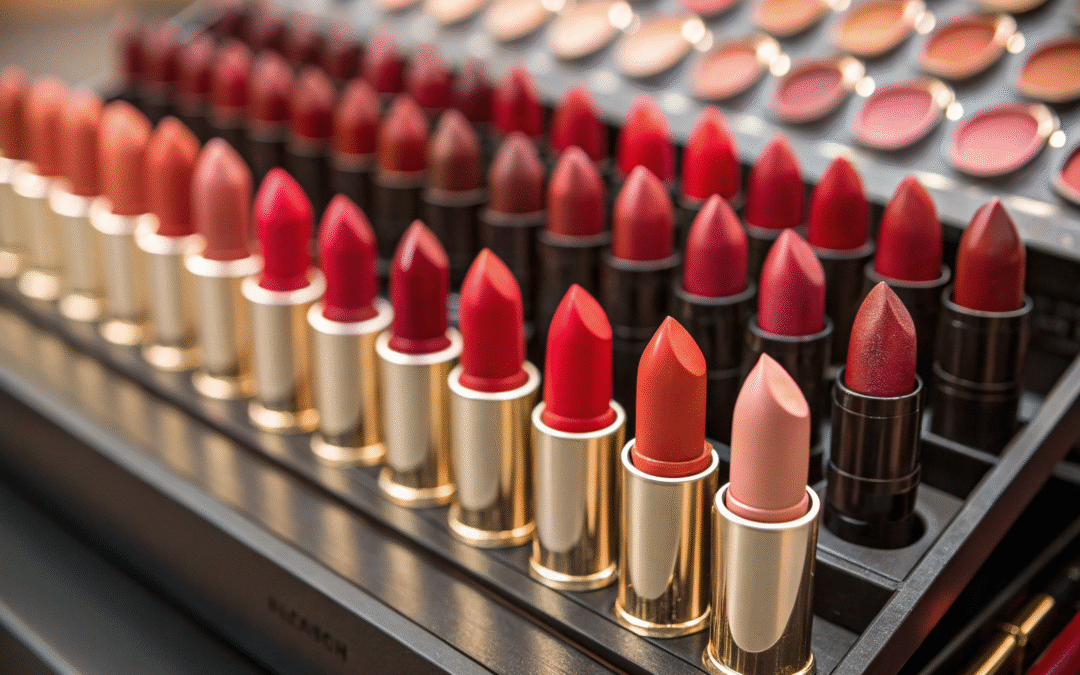
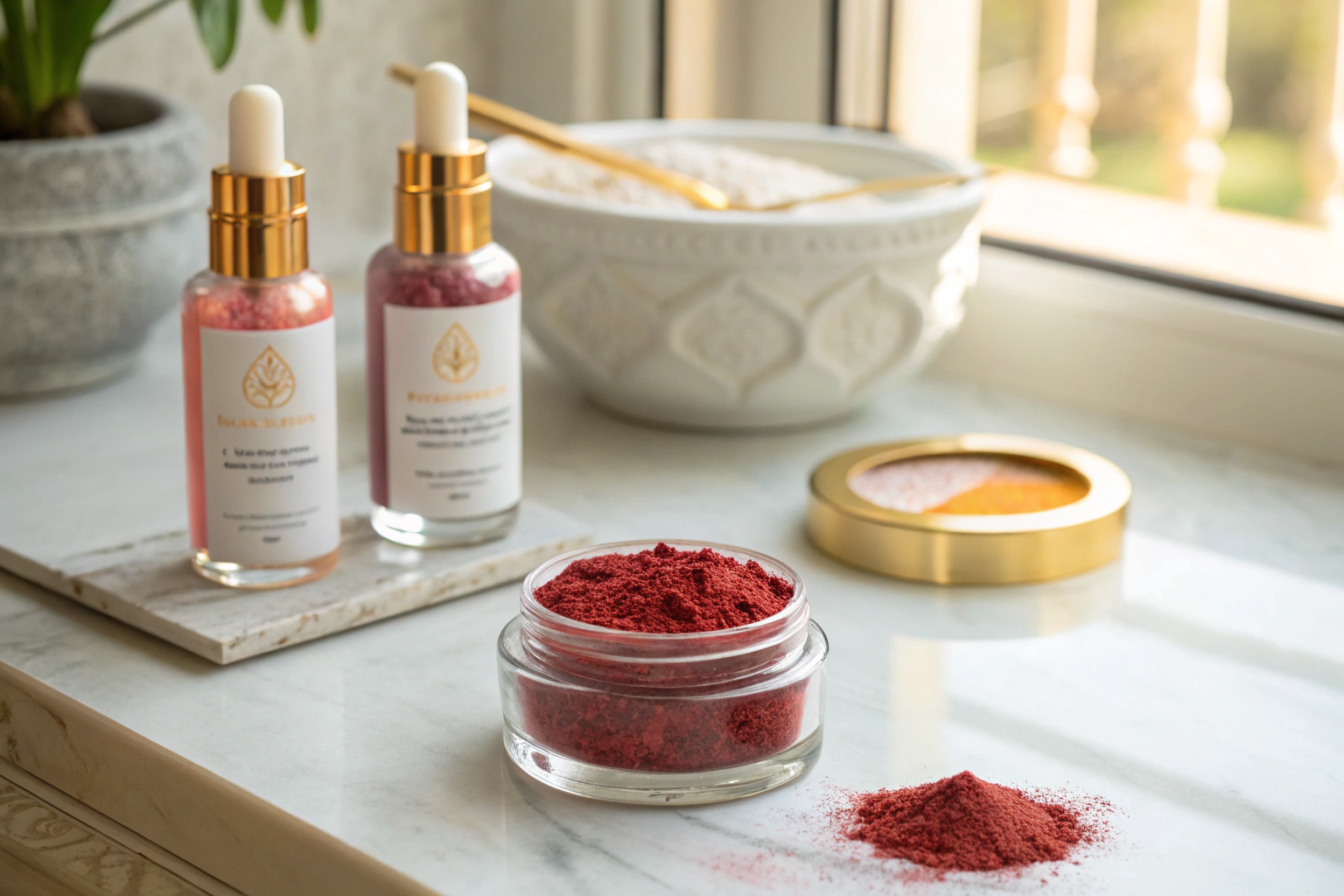
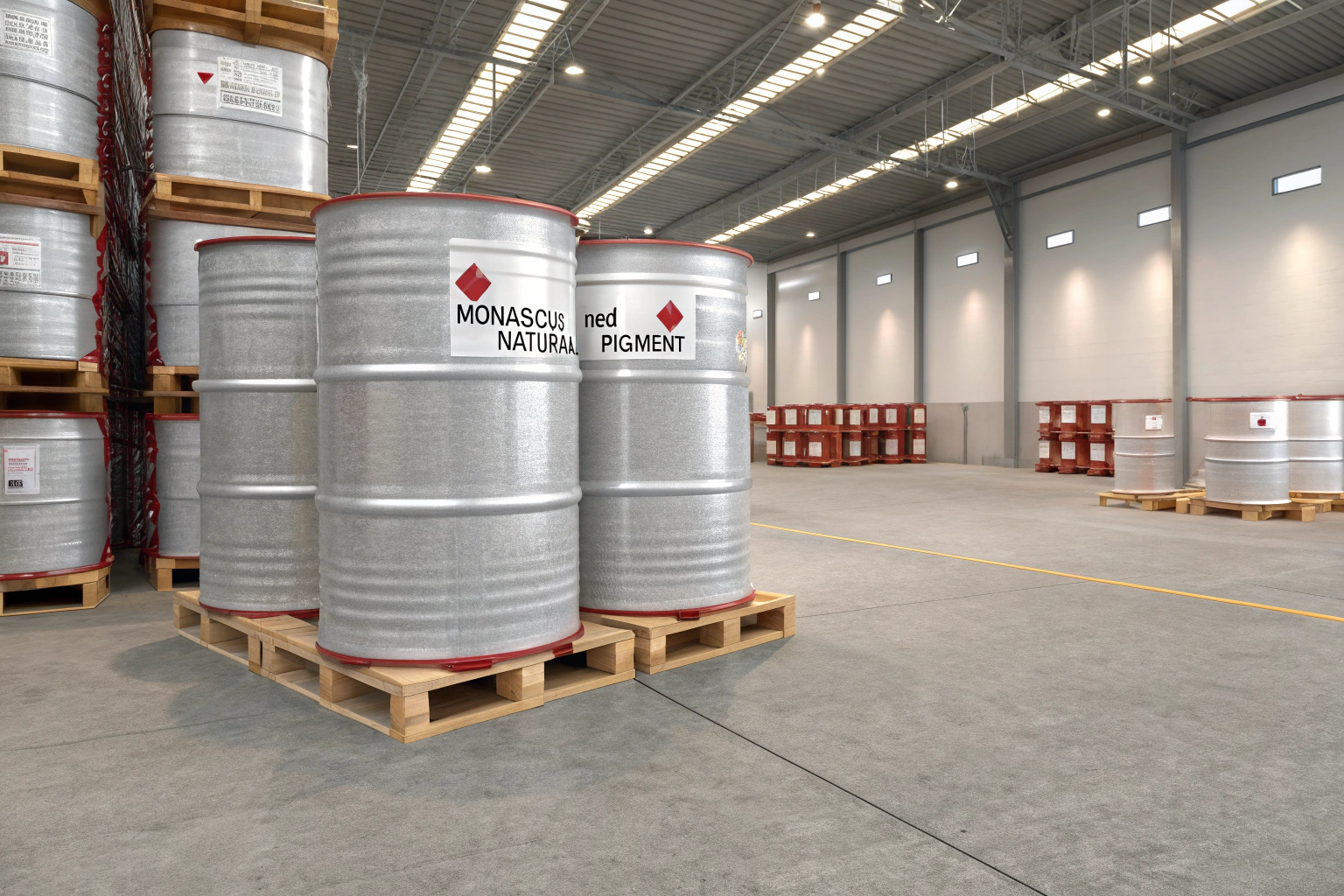
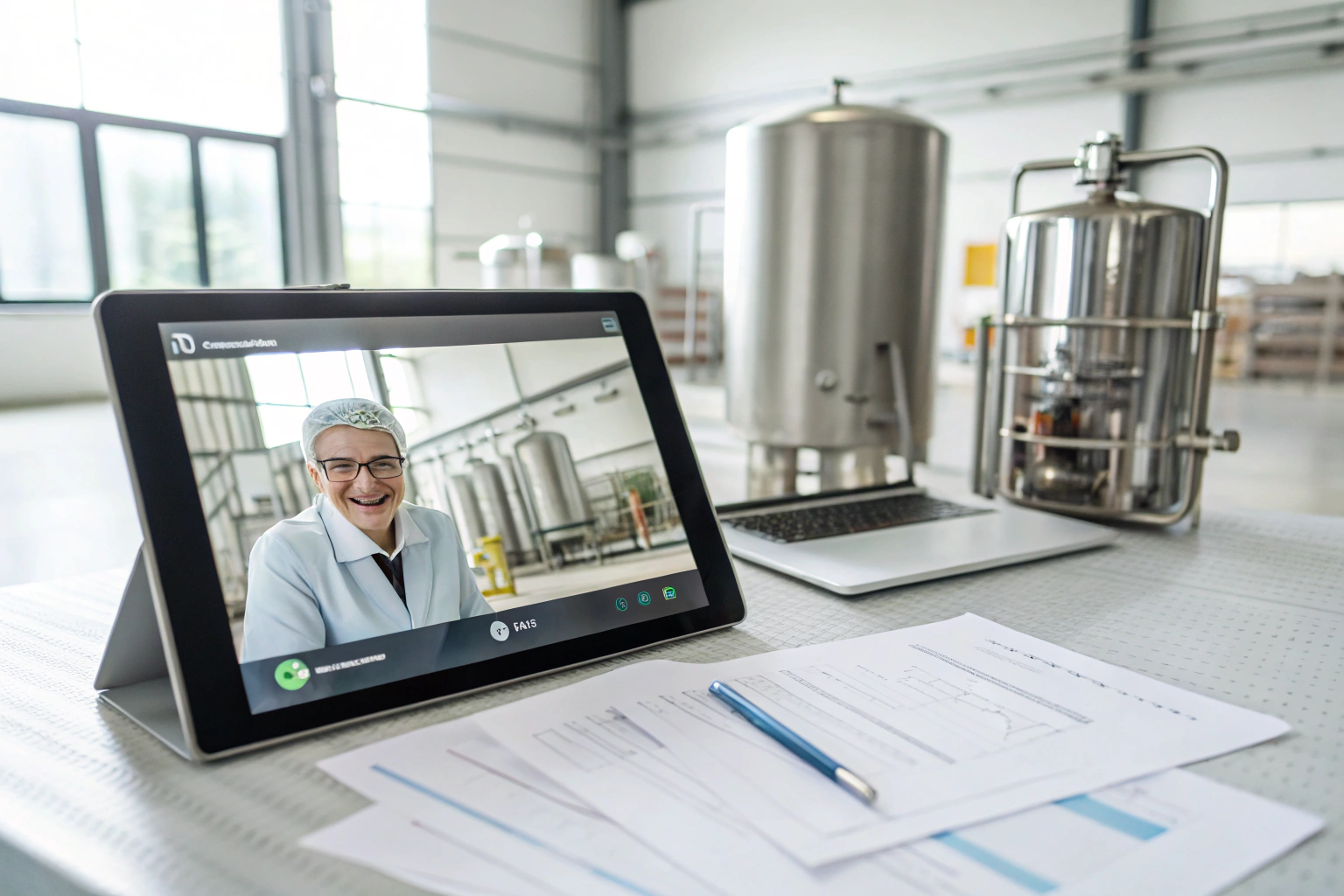

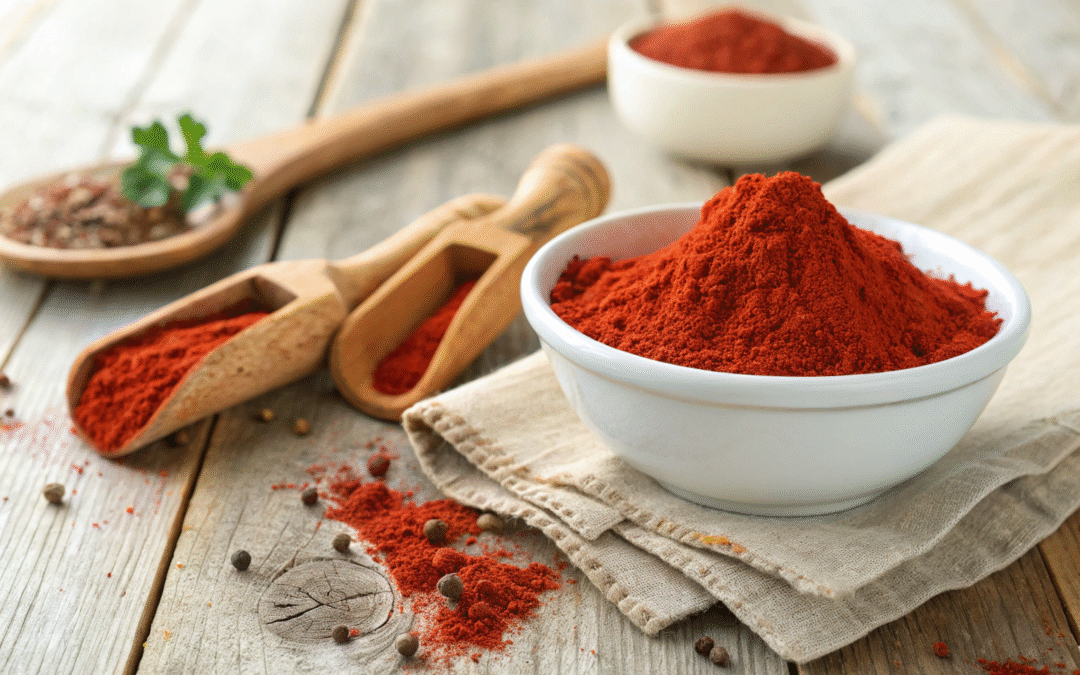

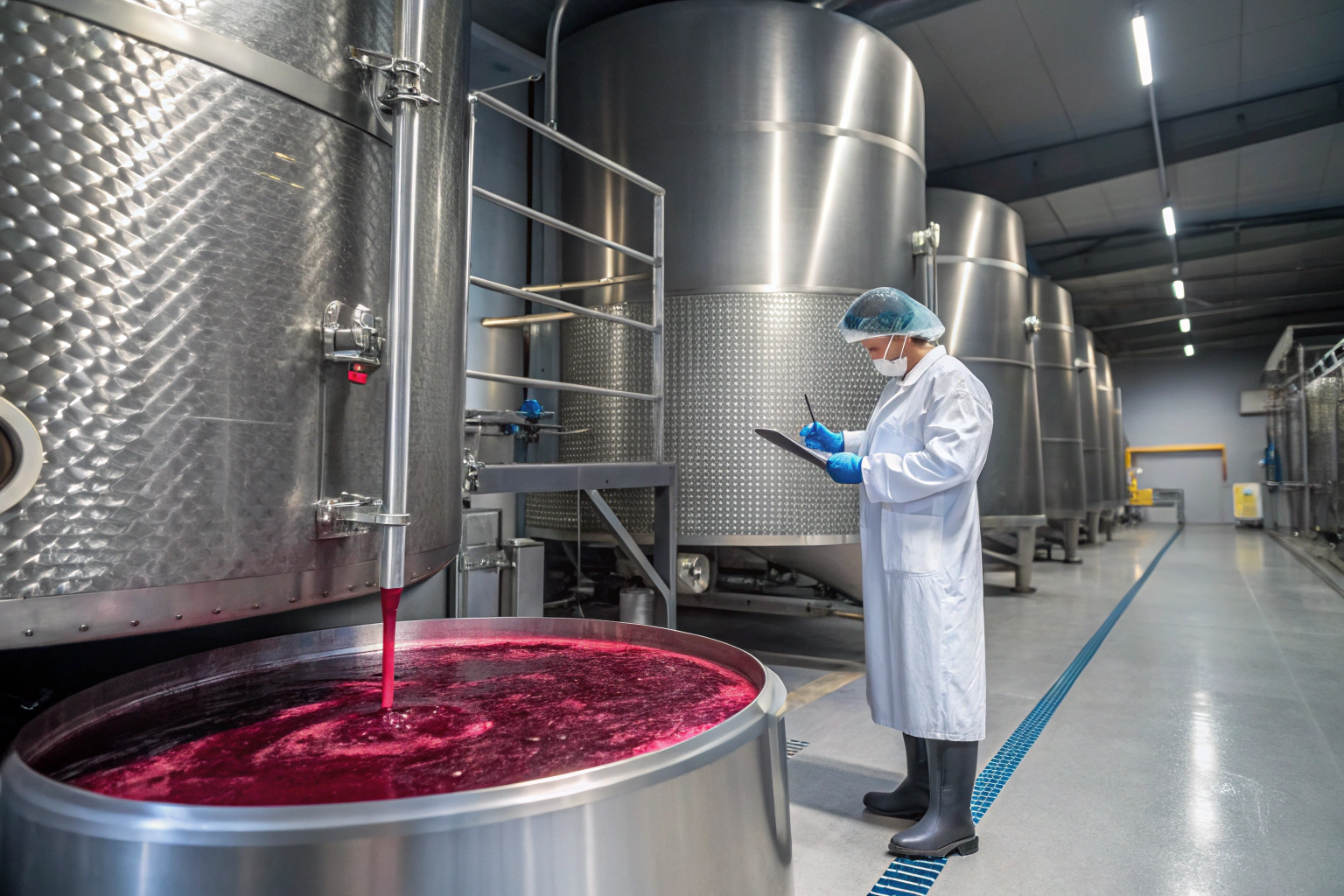

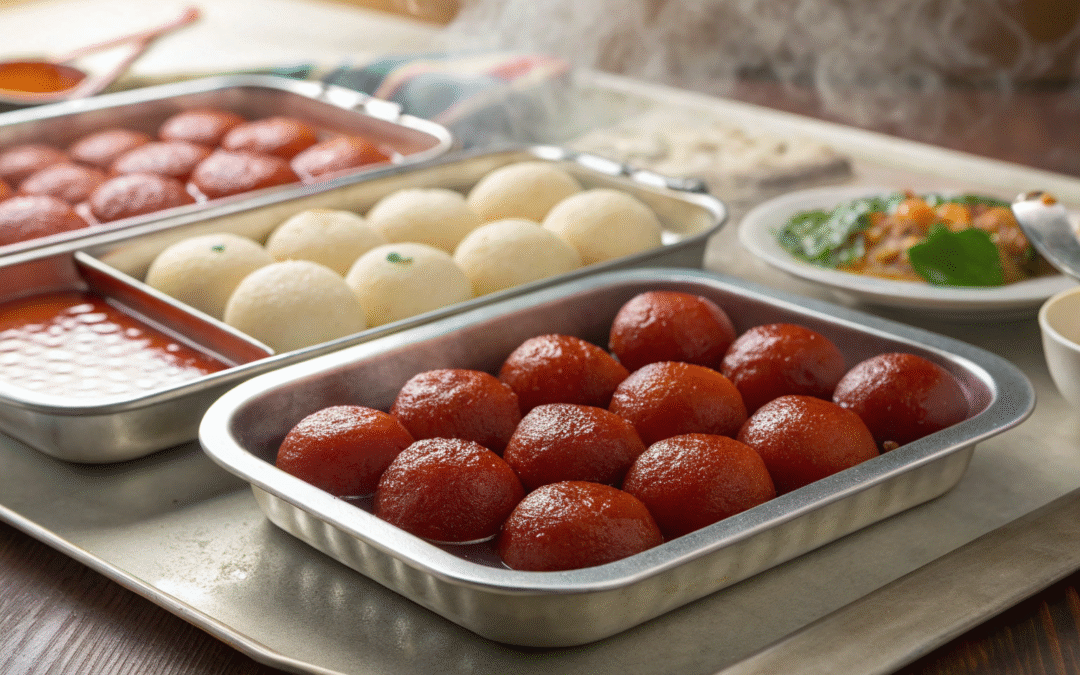
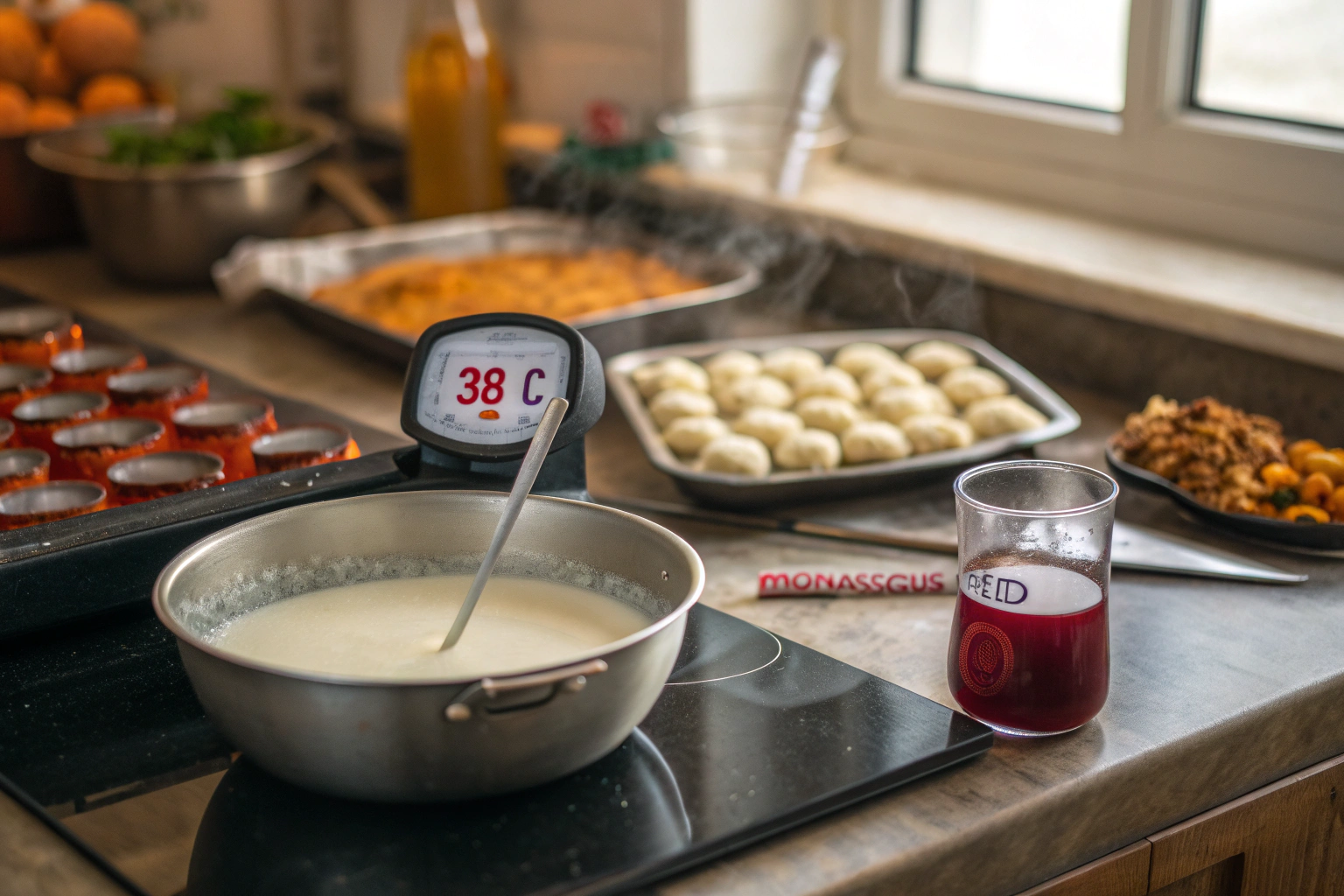
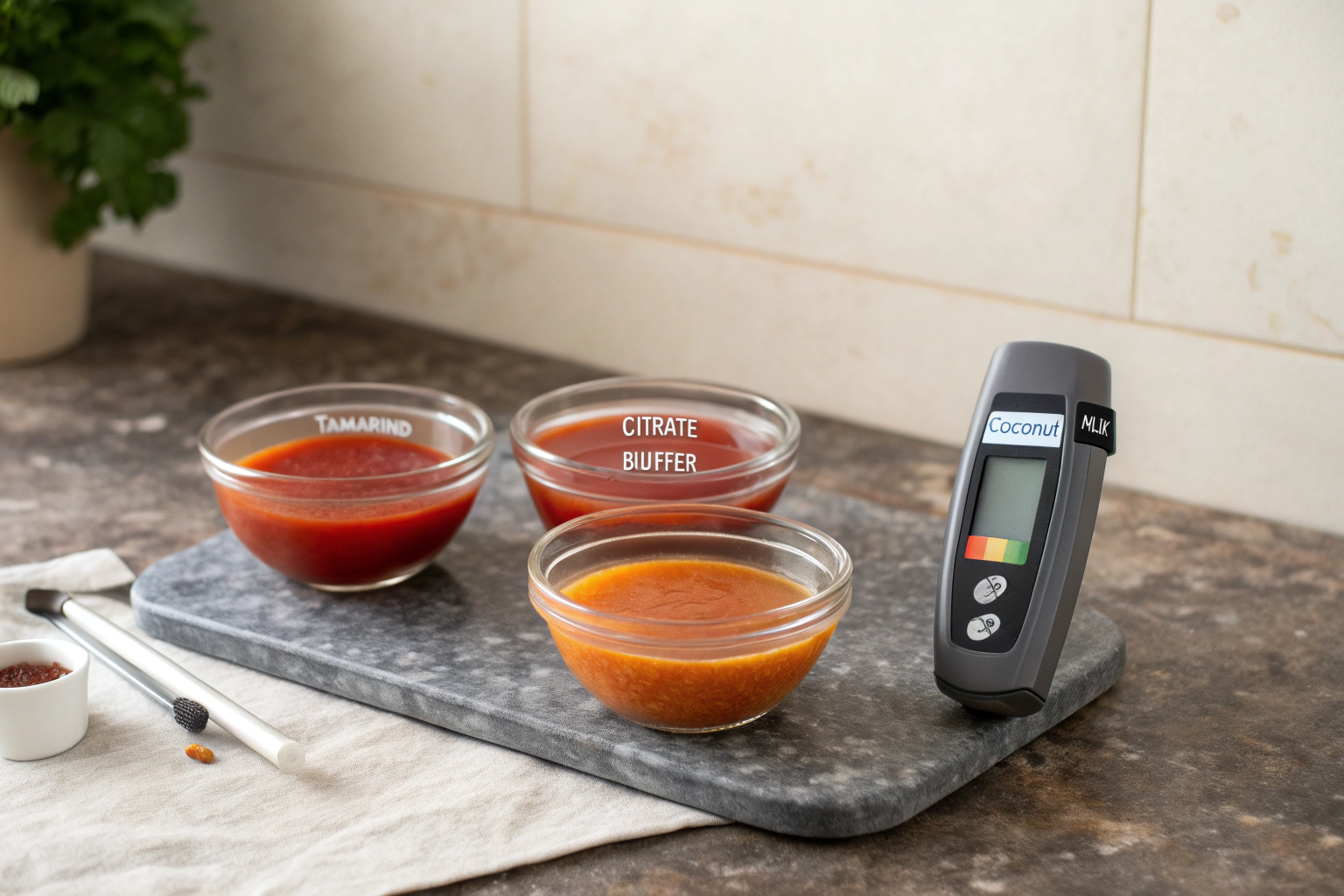
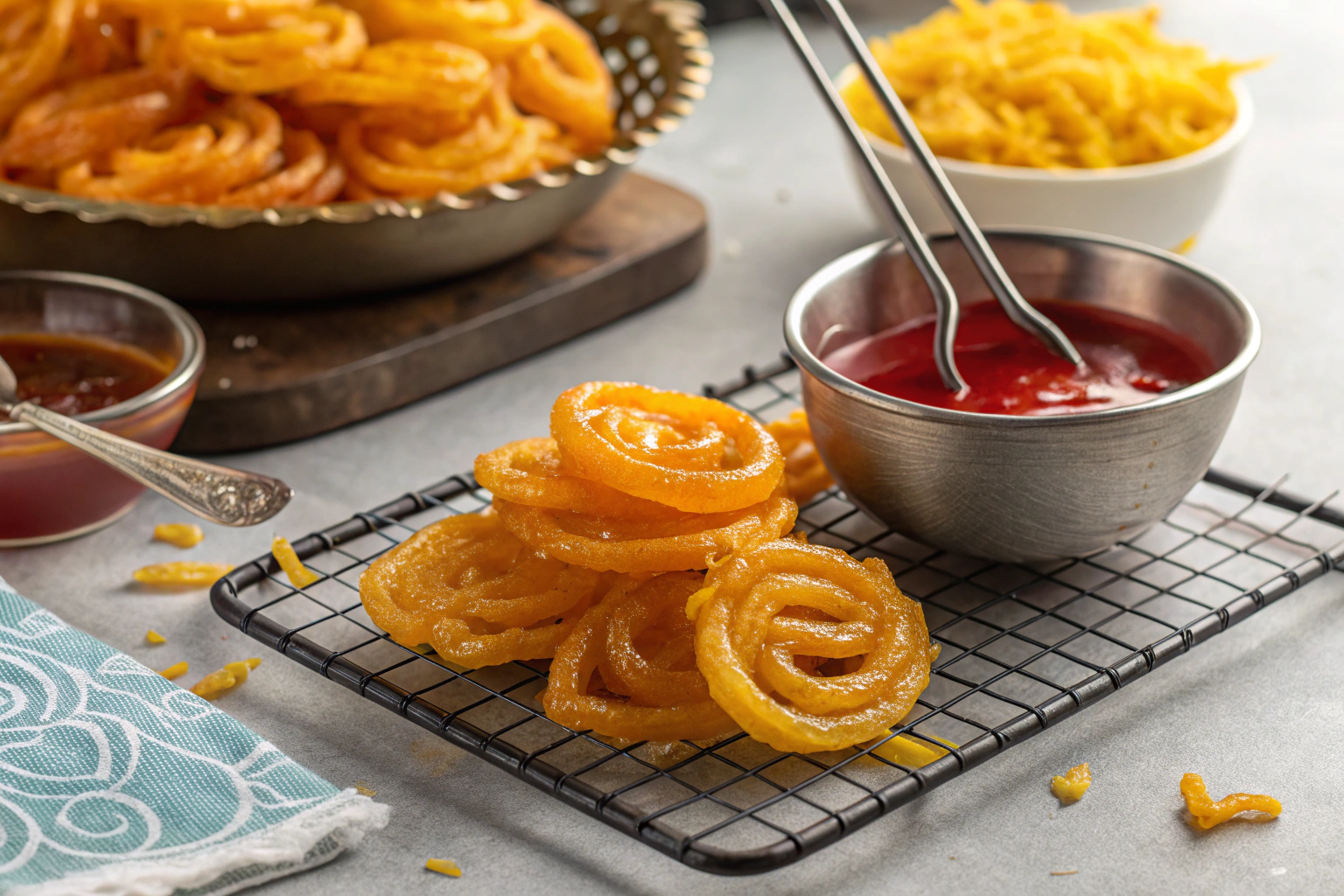
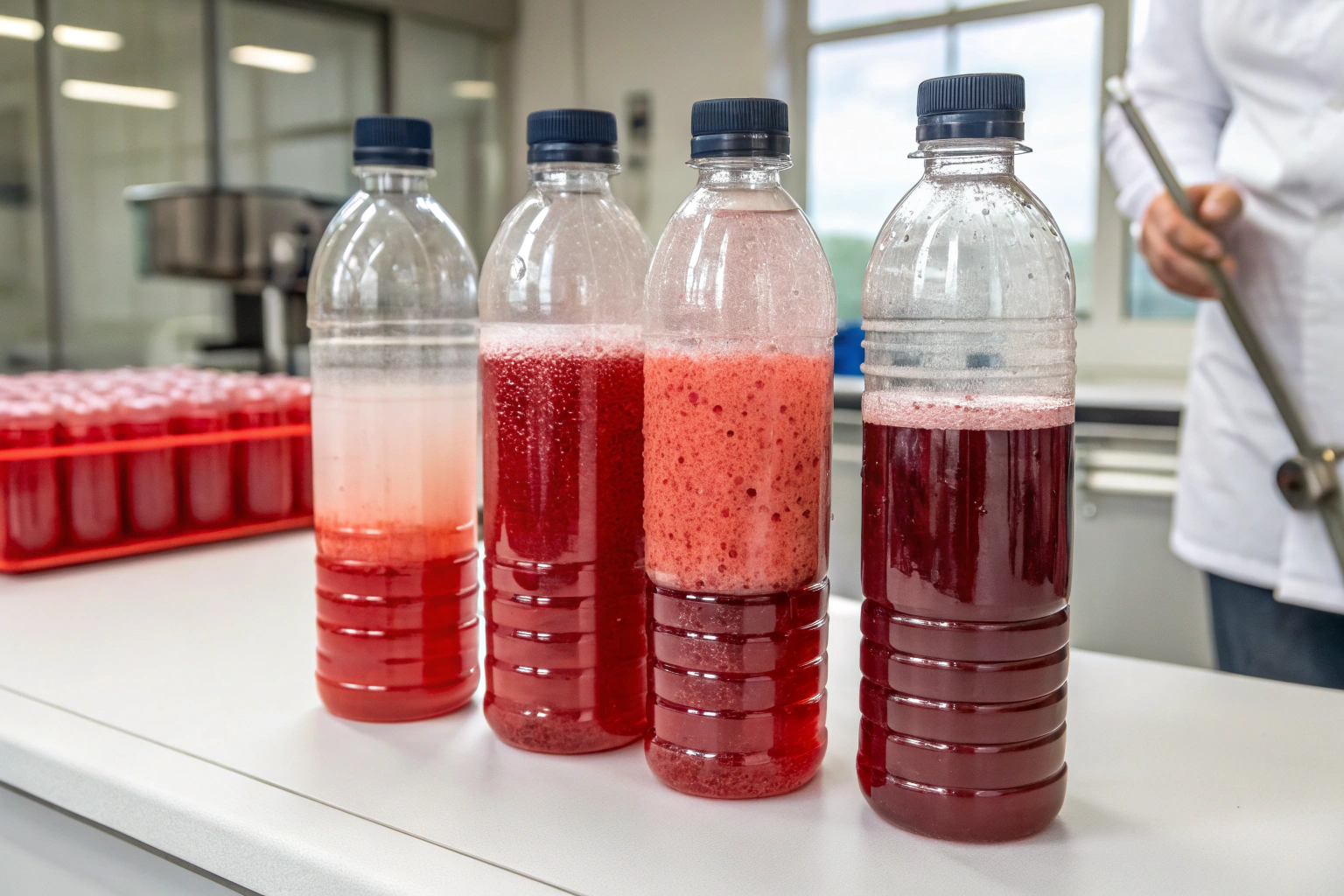

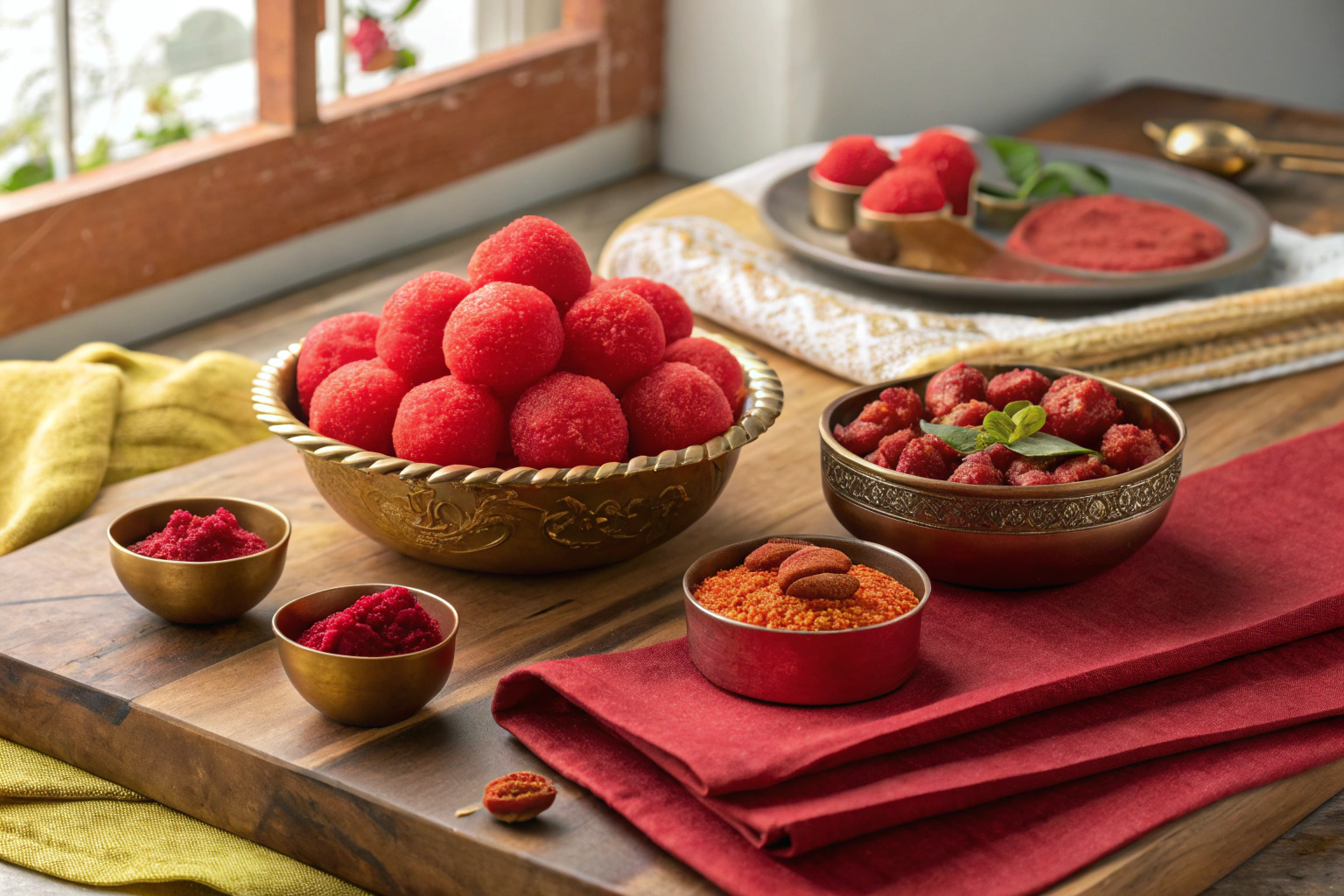
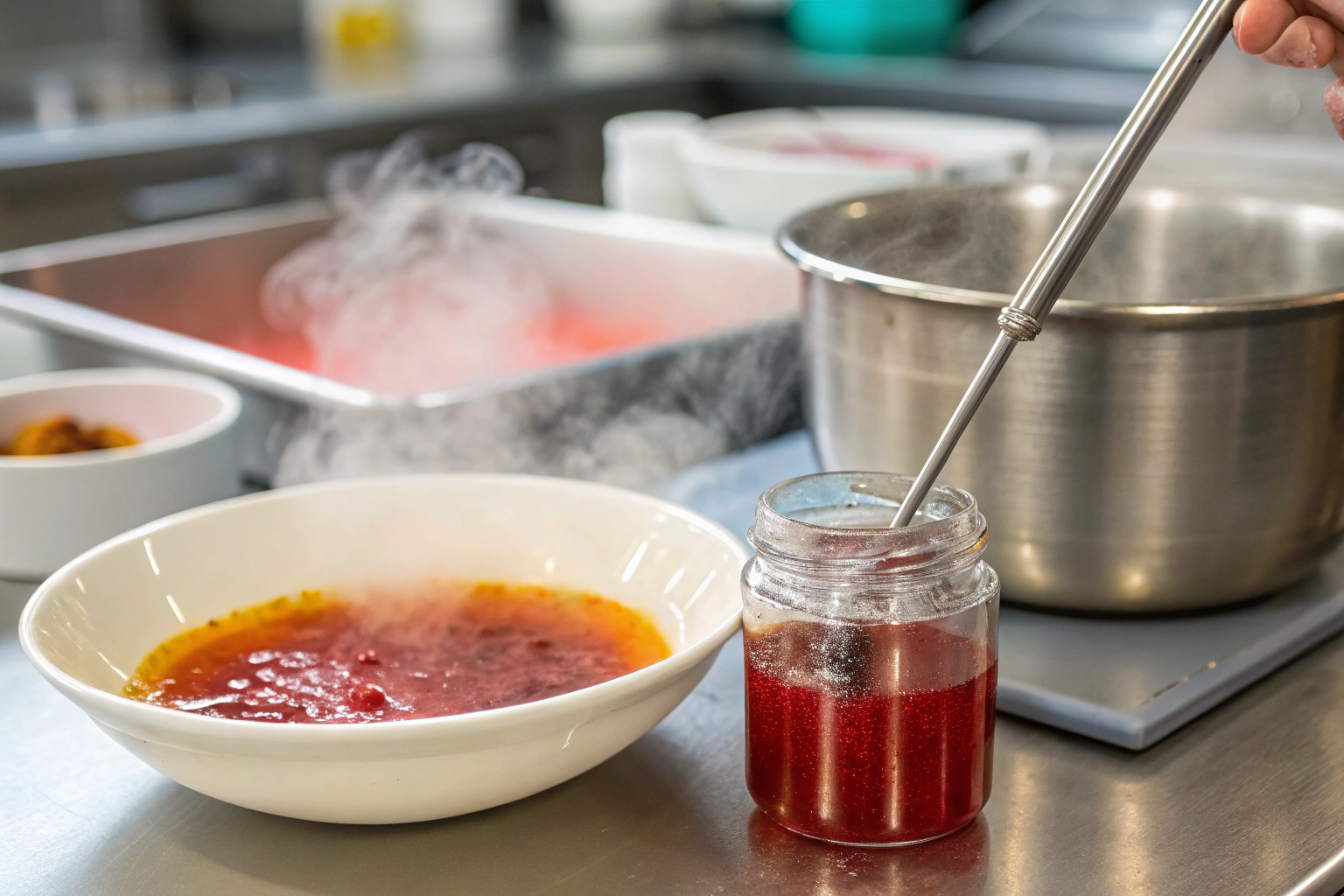


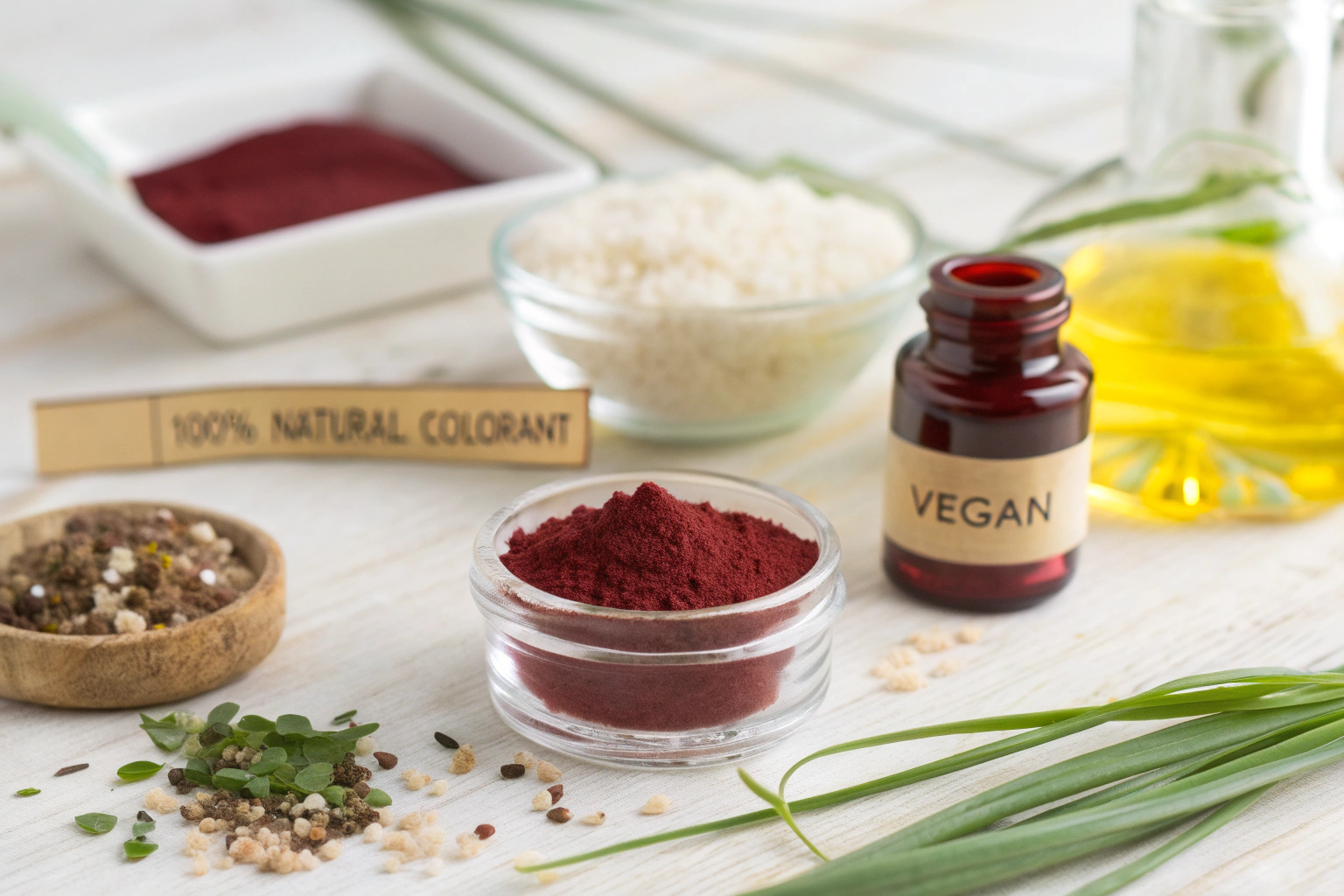
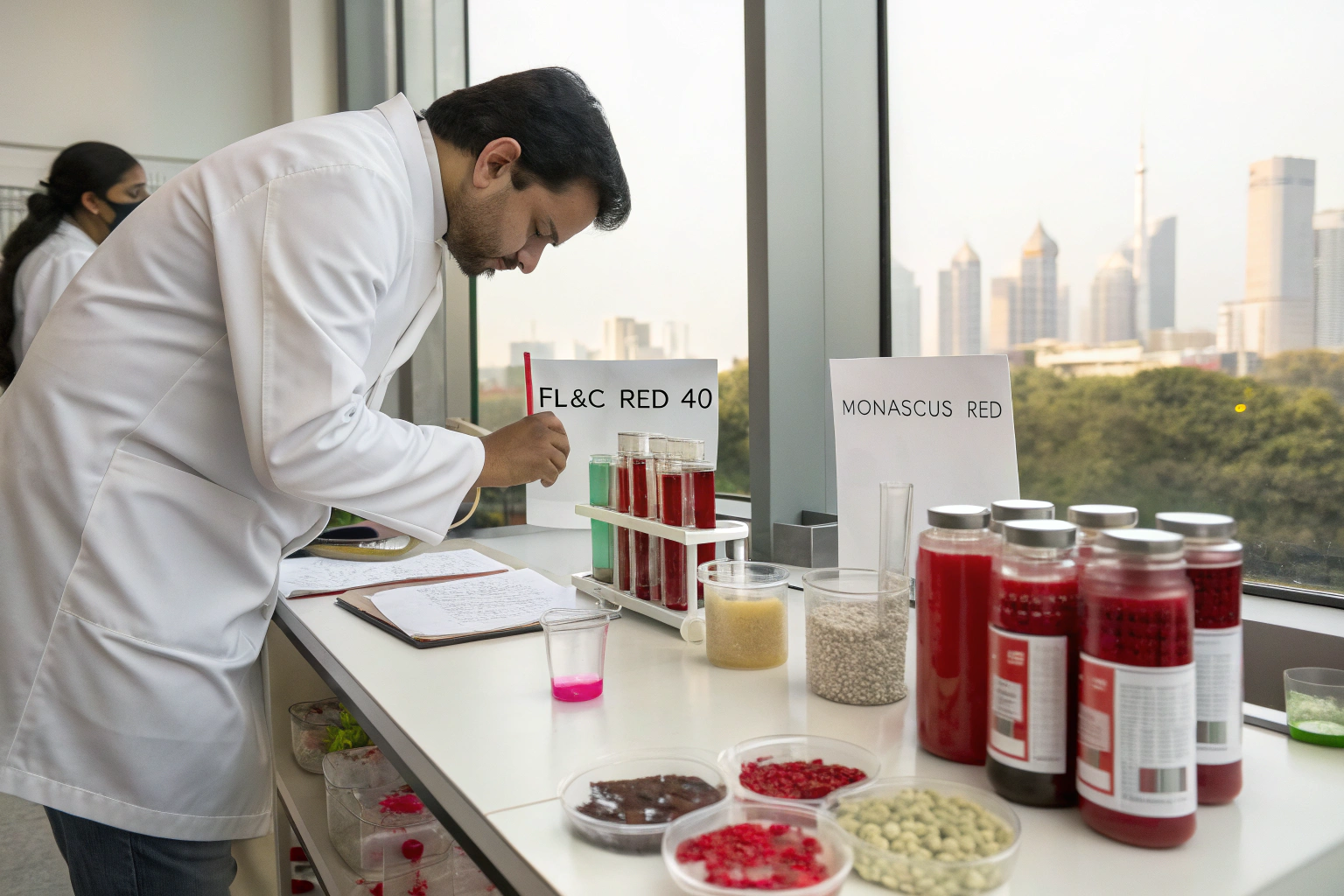






Recent Comments